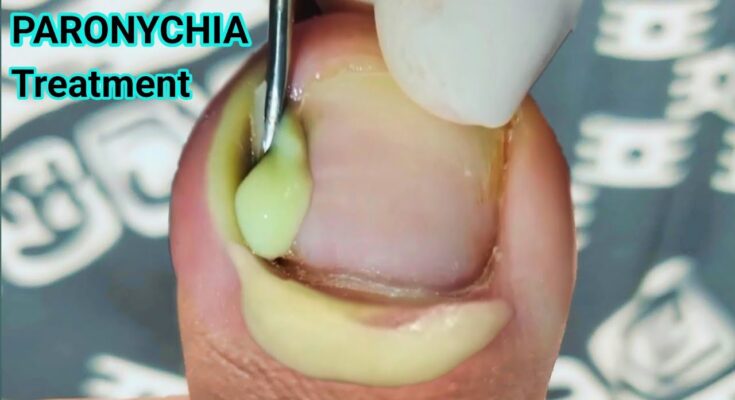Toenail fungus (onychomycosis) is a common fungal infection that affects the toenails. It can cause a variety of symptoms, including:
Symptoms:
- Discoloration: The nail may turn white, yellow, or brown.
- Thickening: The nail becomes thicker than usual.
- Brittleness: The nail may become crumbly or brittle and might break or split easily.
- Distortion: The shape of the nail may become distorted.
- Foul Odor: In some cases, the infected nail may have a foul smell.
- Separation: The nail may separate from the nail bed in more severe cases.
Causes:
Toenail fungus is caused by various types of fungi, including dermatophytes, yeasts, and molds. Fungi thrive in warm, moist environments, such as in shoes or public places like pools and gyms. Some common risk factors include:
- Age: Older adults are at higher risk.
- Weakened immune system: People with weakened immune systems are more susceptible.
- Diabetes: Poor circulation in people with diabetes makes them more prone to infections.
- Previous injury to the toenail: Injuries to the toenail increase the risk of infection.
- Excessive sweating: Wearing tight shoes and socks that don’t allow the foot to breathe can encourage fungal growth.
Treatment Options:
- Topical Antifungals: Over-the-counter creams, lacquers, or ointments can sometimes treat mild cases.
- Oral Antifungals: Medications like terbinafine (Lamisil) or itraconazole (Sporanox) may be prescribed for more severe cases.
- Home Remedies: Some people try home treatments, like vinegar soaks or tea tree oil, though their effectiveness is debated.
- Laser Treatment: In some cases, laser therapy may be used to treat fungal infections.
- Nail Removal: In extreme cases, the affected nail may need to be removed to allow for proper healing.
Prevention:
- Keep nails dry: Ensure that your feet and nails are kept dry, especially after bathing or swimming.
- Wear breathable shoes: Opt for shoes that allow your feet to breathe.
- Avoid walking barefoot in public areas: Use flip-flops or water shoes in places like gyms or pools.
- Trim nails properly: Trim nails straight across and avoid injuring the nail bed.
- Disinfect shoes: If you have had a fungal infection, clean or disinfect your shoes to prevent reinfection.
If you suspect you have toenail fungus, it’s often best to consult with a healthcare provider for an accurate diagnosis and treatment plan. In some cases, untreated fungal infections can lead to more severe problems, especially for those with compromised immune systems or diabetes.



